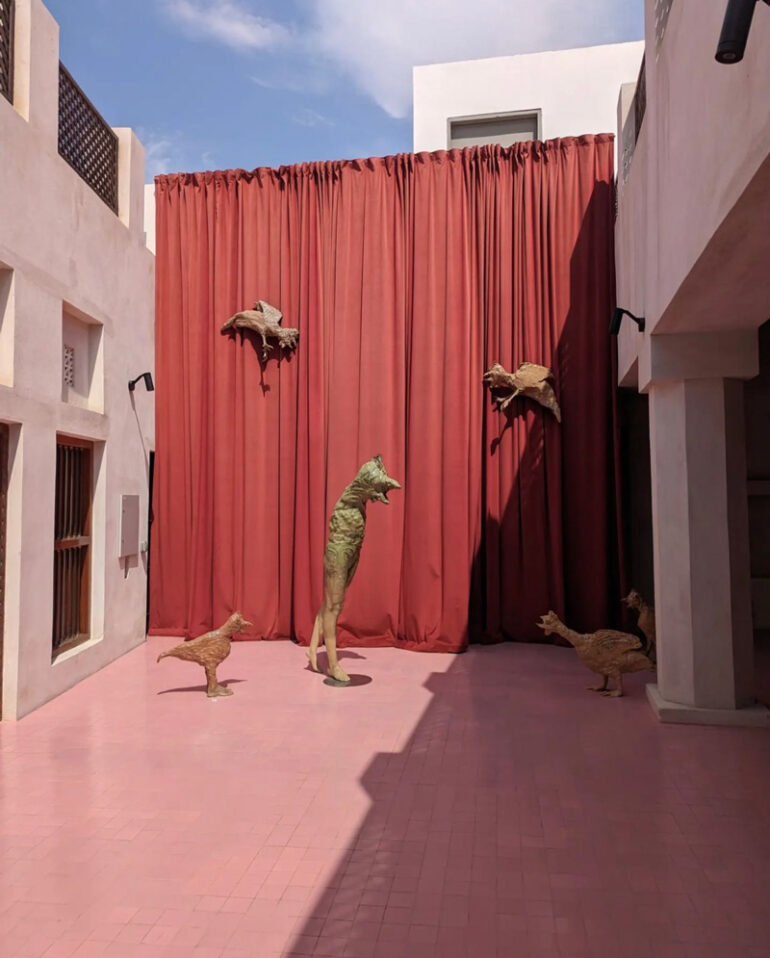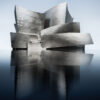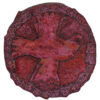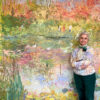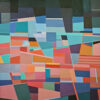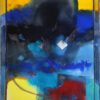“Sharjah Biennial 15” aims to showcase the realities of society, with a focus on history and societal causes. It stands out by featuring contemporary works from artists who are deeply connected to their communities and the issues they face. In a world that is constantly evolving due to multiple variables and unforeseen circumstances, the Biennial enriches its corners with a unique and selective collection of art. SB15 invokes history based on the vision of the late researcher and critic Okwui Enwezor who found Sharjah the perfect place to hold an event that stays in mind throughout the years. Enwezor’s ideas and visions have influenced the stimulation and development of contemporary art institutions around the world as well as major biennials. SB’s curator, Hoor Al Qasimi, stands on Enwezor’s shoulders to envision the concept of history and reformulate it again according to his proposition in this session of the biennial. She was able to connect to SB15 over time as a visitor, artist, curator, and then as the president of the Sharjah Art Foundation which originally emerged from the biennial and then nurtured its existence and developed it to its current status. According to the overview issued by the biennial, Enwezor’s proposal on ‘postcolonial constellation’ and the multiplicity of its basic concepts constitute a starting point for SB15’s dialogue on the concept of the post-colonial self, body (as a repository of memories), hybridity and integration, retrieval of museum exhibits, racist view, continuity across generations, global modernisms, rooting, and decolonization.
SB15’s artworks are spread across many exhibition sites, buildings, and squares distributed throughout the city of Sharjah in Al Mureijah Square, with its surrounding art galleries and old houses, Calligraphy Square locations in the houses of calligraphers, the Sharjah Calligraphy Museum, the Pottery House, Sharjah Fort, the Bank Street building, Arts Square sites in Bait Obaid Al Shamsi, Bait Al Serkal, Sharjah Art Museum, Souk Al Jubail, and the Flying Saucer. The exhibition venues are also distributed in the cities of Kalba, Khor Fakkan, Al Dhaid, and Al Hamriyah. SB15 features more than 300 artworks of more than 150 artists from all over the world under the umbrella of “The History in the Present” in which a new opportunity is created for the restoration of arts and museum performances alongside installation works in space, kinetic performance, video art, sound arts, music, and cinematography.
The biennial comprised a series of exhibitions and individual participations that were selected from all over the world to contribute to the concept of historical presence where the artists searched in the vicinity of their existence in the contemporary world and responded through their works with temporal and spatial elements. They reflected the human momentum in its struggle to survive and resist the fierceness of wars through introducing and discussing different interpretations of existence, beliefs toward survival, and confrontation of inevitable destinies that occur through liberation revolutions and intransigent migrations.
This session of the biennial paved the way for prominent artists of all generations and from different countries, including nascent artists, to be present with established artistic names. The artist Maitha Abdalla’s rich installation work “Will the Gods Belong?” is made of multiple artistic media- plaster, metal, wood, resin, glue, oil paintings, charcoal drawings on canvas, canvas curtains, and video. The work seeks an approach to accommodate contradictions and contrasts within a dramatic scene that pertains to keeping up with the struggle for power and explaining it. The hegemony and authoritarianism are manifested in the symbolism of the pig, in contrast to the meekness represented by the character of the rooster, which results in a visual dialogue that strives hard for its way to reflect on the essence of self-identity, its complexities, and the contradictions of its structure. The other Emirati artist Asma Belhamar pursued her passion in architecture, design, and making expressive and meaningful geometric models in which she crafted her work “The Antiquities of the Freij” using gypsum, 3D models, experimental printing, and video. The work creates a significant architectural dialogue that mixes Emirati architecture represented in the external structures of Sheikh Khalid bin Mohammed’s palace and some architectural models of Asian origins through which the artist symbolizes migrant labor and its positive effects on the ancient architectural scene in the United Arab Emirates.
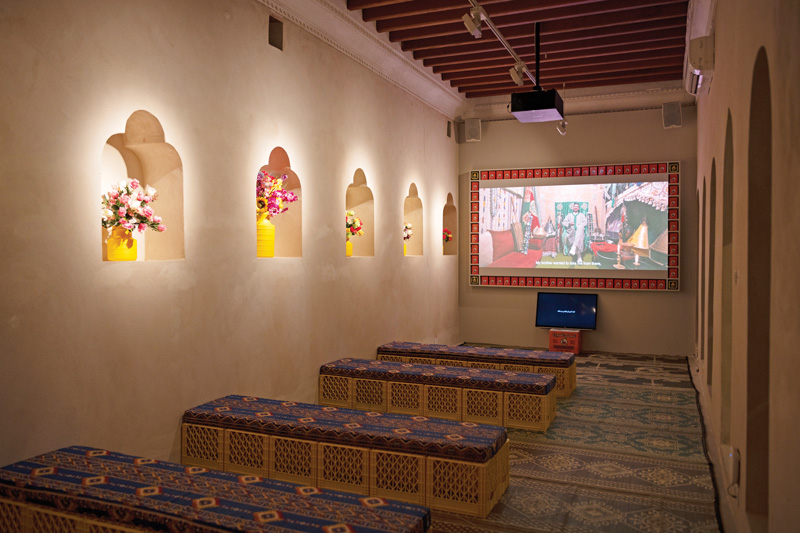
The artist Hassan Hajjaj presented his documentary film “The Fraternity of the Gnawa and the Capoeira” on the slave trade in North Africa and Brazil. The African Gnawa emerged within the slave community- a small community that persevered performing group singing, rhythmic dance, and spiritual poetic chanting, which distinguished its existence from other surrounding groups and races. The Brazilian Capoeira adopted dance and music to hide the martial nature of the group and to preserve the cultural identity of slaves. Amazingly, as indicated by Hajjaj, there is a great similarity between Gnawa and Capoeira in terms of adopting kinetic and vocal art to preserve the community and identity of the group despite the huge geographical distance between the two groups each residing on a bank of the Atlantic Ocean. It looks like it is merely art who created fraternity between the them.
The artist Helina Metaferia sought, through selected works from her multimedia and multidimensional installation work “By Way of Revolution,” to reveal some core contradictions in the American identity and to re-evaluate the concept of citizenship in the context of forced migration. The artistic anthology included film documents of performances by the descendants of the leaders of the American civil rights movement and family narratives of mothers who confronted colonialism, racism, and religious extremism. The anthology also comprised a group of textile units printed with silk screen technology and assembled together by hand sewing.
The artist Zahra Opokku chose the texts of the ancient Egyptian Book of the Dead as a material source for her works distributed over chapters in the book “The Legend of Eternal Life.” Opokku relied on wood, linen, silk-screen printing, layers of paint, sand, raw cotton, bronze, root fibers, and textile threads to present the concepts of time, perceivable and eternal realities, the path of secrets, victory, death, and the Day of Judgment.
Aziza Shadenova’s work “Treasured Shadows,” which is produced by Sharjah Art Foundation, consists of several paintings, films, performances, vases, and wooden compositions adorned with dropped crystals in order to simulate shadows similar to the artist’s memory and dreams of her childhood in Uzbekistan in which the visual reflection of the past remains alive in a way or another through the spectrum, the shadow, and the dreamlike image that dominates the periphery, in an attempt to uncover what cannot be seen and to embody what cannot be embodied.
“The Circle,” Bouchra Khalili’s SB15-award-winning work, is a projection of two-channel video and 16mm film-to-video, projected onto cubic screens and coated paper. According to the accompanying manifesto, this multimedia installation explores the legacy of the Arab Workers Movement and its theatrical group “Al-Asifa” (the Storm) which was active in Paris during the period from 1973 to 1978. The movement included unregistered workers from North Africa and several French students who were in solidarity with the workers’ cause to publicize their dire reality and harsh living conditions through (audio) performances.
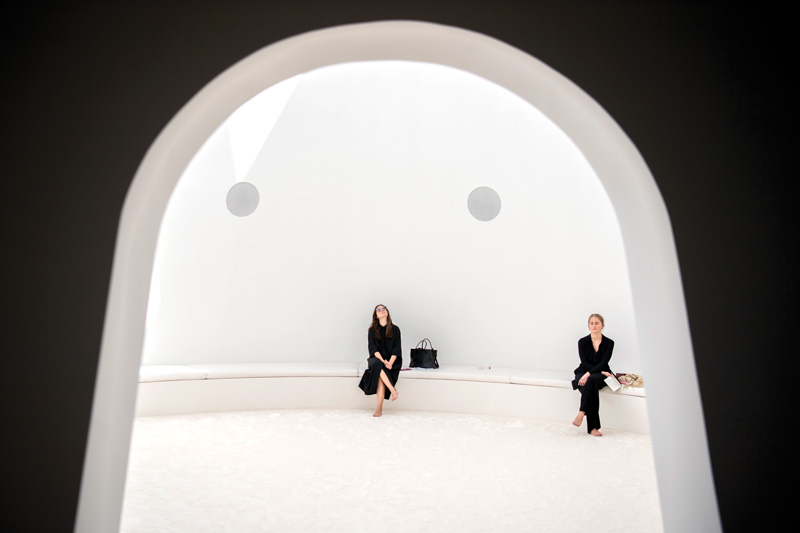


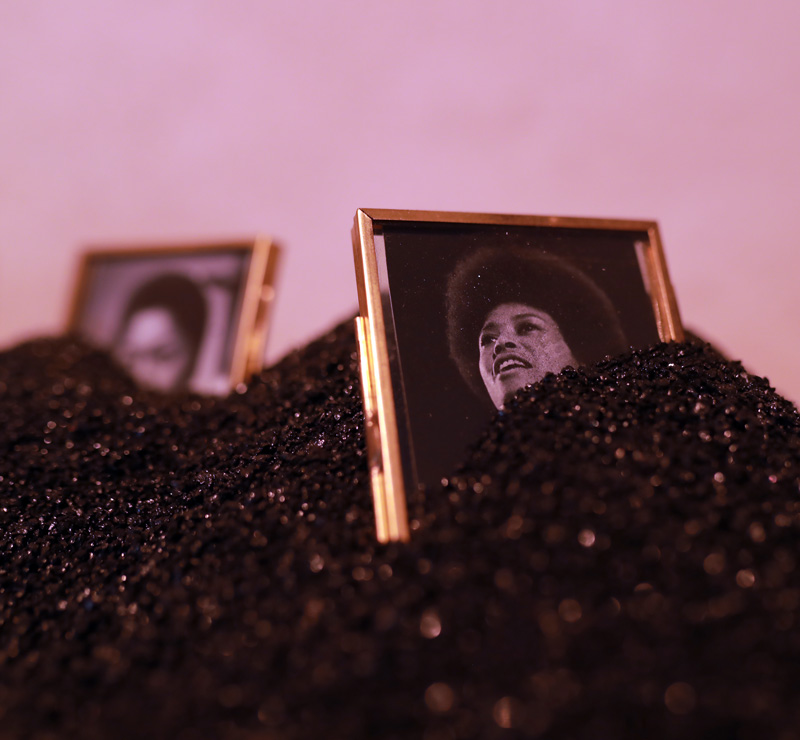

Hajra Waheed’s “Hymn” is another SB15 award-winning work. It is composed of a large, white, and conical-shaped structure that allows sound compositions from several sources to reverberate through it in such a way that the insiders remain under the influence of a vocal power that simulates what the old colonizers did with individuals and groups, in which the voices of influential and selected struggle songs from previous revolutions and oppositions in Africa, Asia, and the Americas resound.
Another SB15-award-winning work is Doris Salcedo’s “Uprooted” which consists of 804 dead trees and some iron rods. It reflects the artist’s style which tends to present sculptures of a social and political nature. In this huge work, the artist creates a symbolic house of dead trees which are carved and grouped to serve as a shelter for the exiles, refugees, and those with acute psychological trauma. “Uprooted” is against capitalism that destroyed the environment and deracinated its roots with their human existence. In such a context, art remains capable of saying, confronting, and siding with humanity against every act that would erase or displace what is authentic and rooted.

Poet, novelist, visual art researcher, received a master's degree in art history from Cairo Academy of Fine Arts in 2008, and a bachelor's degree in expressive arts from the Decorative Department of the Minya Academy of Fine Arts in 1996.
He also chaired the International Intellectual Seminars Committee for the Sharjah Calligraphy Forum, the Islamic Arts Festival, and the Sharjah Prize for Fine Critical Research at the Arts Department in the Department of Culture and Information in Sharjah until 2012.

